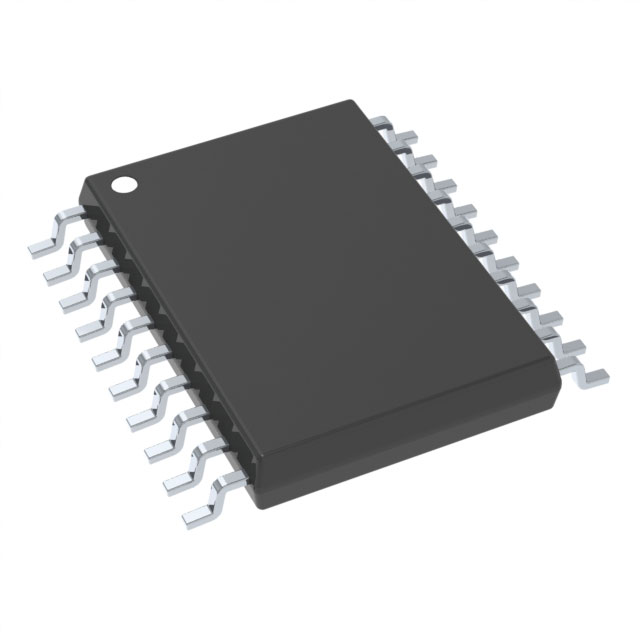

Microchip Technology
PIC16F721-I/SS
Microcontrollers




.png?x-oss-process=image/format,webp/resize,p_30)


PIC16F721-I/SS Description
Microchip Technology's PIC16F721-I/SS is a mid-range, 8-bit microcontroller (MCU) that belongs to the PIC16F series. It is designed for a wide range of applications, including industrial control, automotive, and consumer electronics. Here's a brief description, features, and applications of the PIC16F721-I/SS:
Description:
The PIC16F721-I/SS is a member of the PIC16F family, which is known for its low-power consumption, high performance, and small package size. The device is available in a 28-pin PDIP (Plastic Dual In-Line Package) and features an enhanced mid-range core with increased instruction execution speed.
Features:
- Enhanced mid-range core with increased instruction execution speed
- 8-bit architecture with a wide operating voltage range (2.0V to 5.5V)
- 8KB Flash program memory with read-while-write capability
- 256 bytes of RAM (Random Access Memory)
- 128 bytes of EEPROM (Electrically Erasable Programmable Memory)
- Three 16-bit timer/counters with capture/compare/PWM functions
- 5-channels of 10-bit Analog-to-Digital Converter (ADC)
- Universal Synchronous/Asynchronous Receiver/Transmitter (USART) for serial communication
- Low-power sleep modes to conserve energy
- On-chip Debug (ICD) and In-Circuit Emulation (ICE) capabilities
- Internal oscillator with a precision clock output option
- Brown-out reset (BOR) protection
- On-chip reference voltage for the ADC
Applications:
- Industrial control systems for motor control, sensor interfacing, and process control
- Automotive applications, such as body control modules, lighting control, and anti-lock braking systems (ABS)
- Consumer electronics, including appliances, gaming devices, and home automation systems
- Telecommunication devices, such as modems and routers
- Medical equipment, like portable monitoring devices and diagnostic instruments
- Security systems, including access control and surveillance cameras
- Battery-powered devices, where low-power consumption is crucial
The PIC16F721-I/SS is a versatile microcontroller that can be used in a variety of applications requiring a balance between performance, power consumption, and cost-effectiveness. Its features make it suitable for both simple and complex embedded systems.
Tech Specifications
PIC16F721-I/SS Documents
Download datasheets and manufacturer documentation for PIC16F721-I/SS
 PIC16(L)F720/721 Silicon Errata
PIC16(L)F720/721 Silicon Errata  Mult Devices 14/Jun/2018
Mult Devices 14/Jun/2018  PIC16F720, 721 Brief PIC16(L)F720/721 Prog Spec Next Generation Peripherals Brochure
PIC16F720, 721 Brief PIC16(L)F720/721 Prog Spec Next Generation Peripherals Brochure  Packing Changes 10/Oct/2016 Label and Packing Changes 23/Sep/2015
Packing Changes 10/Oct/2016 Label and Packing Changes 23/Sep/2015  PIC16F721 Development Tool Selector
PIC16F721 Development Tool Selector  PIC16F720, 721 Brief PIC16(L)F720/721 Prog Spec Next Generation Peripherals Brochure
PIC16F720, 721 Brief PIC16(L)F720/721 Prog Spec Next Generation Peripherals Brochure  PIC16(L)F720/1 Datasheet Update 19/Aug/2013 Lead-Frame/Compound Update 27/May/2015
PIC16(L)F720/1 Datasheet Update 19/Aug/2013 Lead-Frame/Compound Update 27/May/2015  Microchip CA Prop65 Microchip RoHS Microchip REACH
Microchip CA Prop65 Microchip RoHS Microchip REACH Relevant Search
Shopping Guide

























.png?x-oss-process=image/format,webp/resize,h_32)










